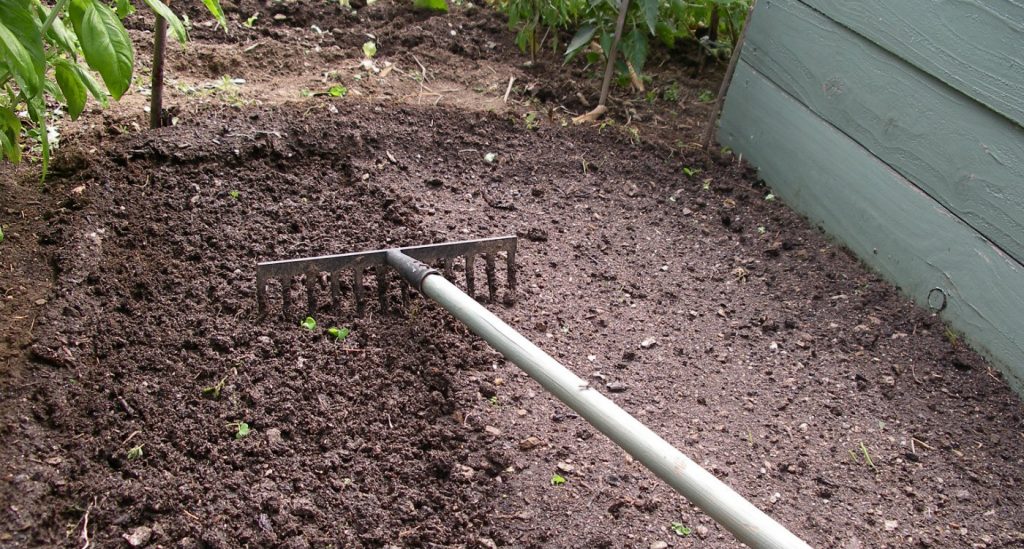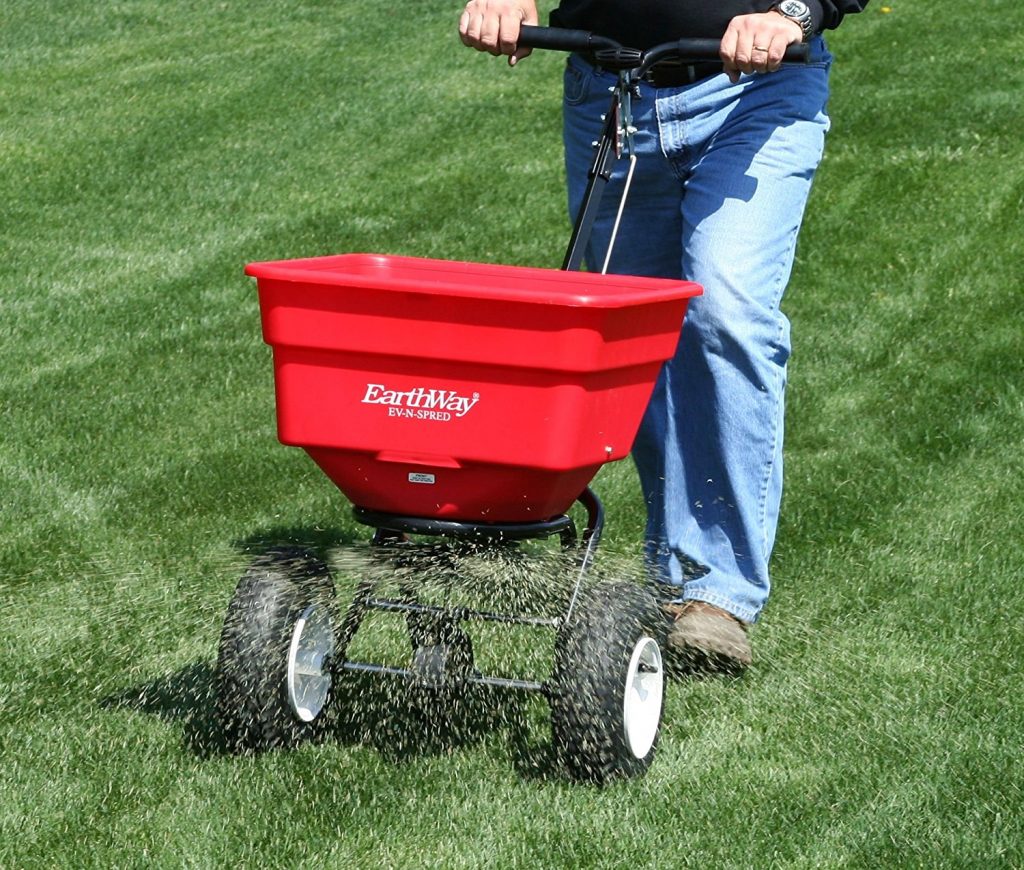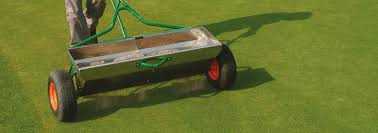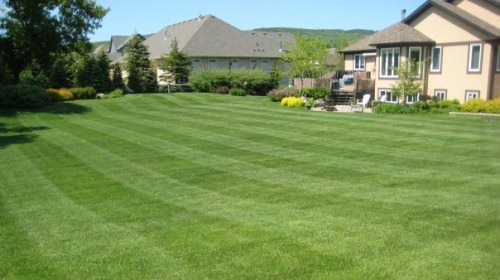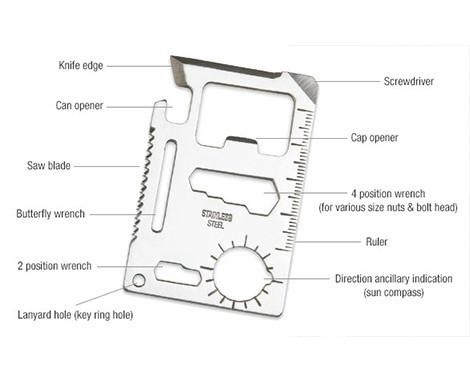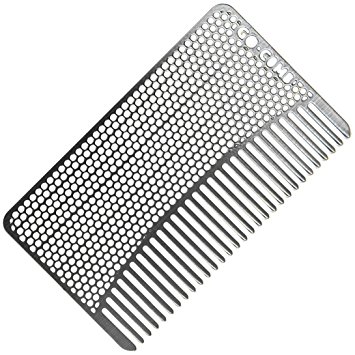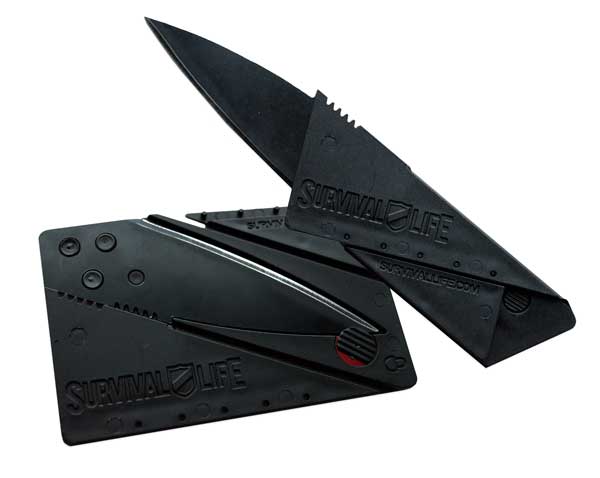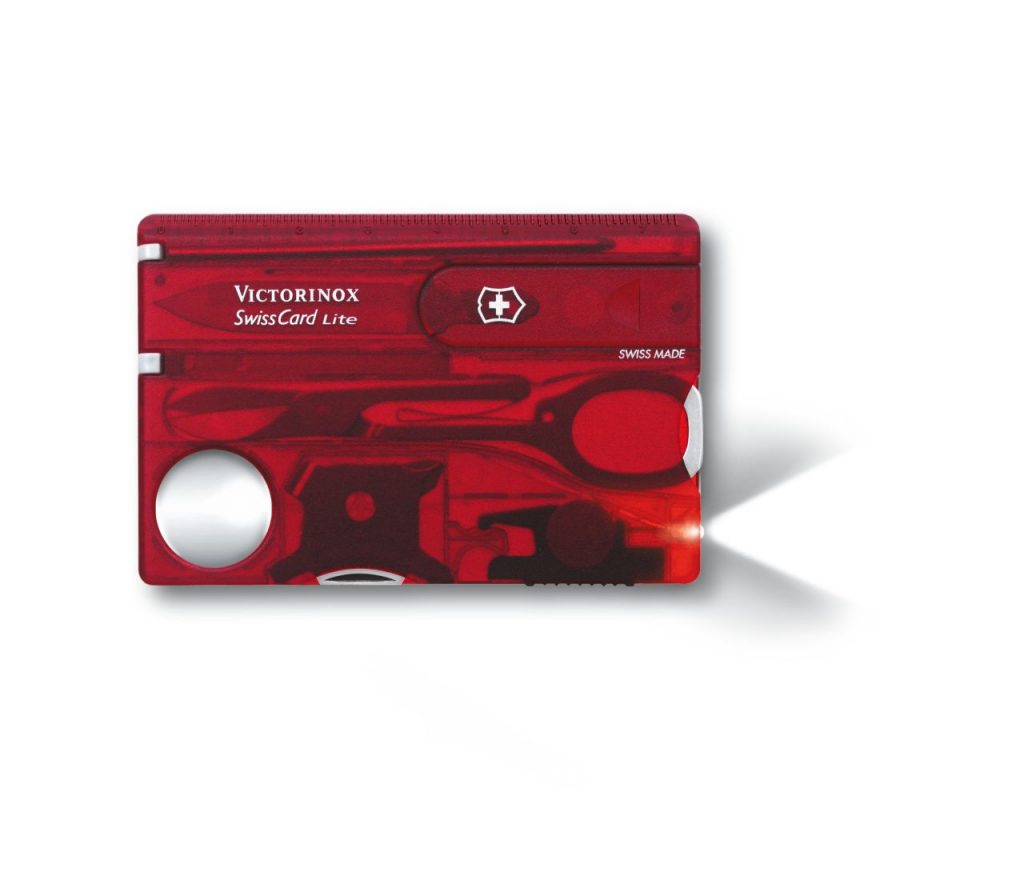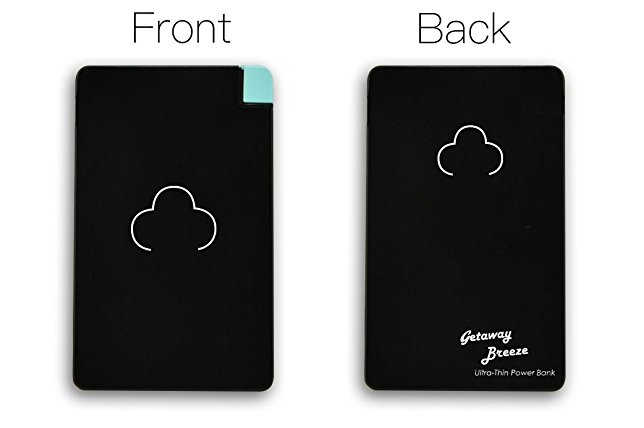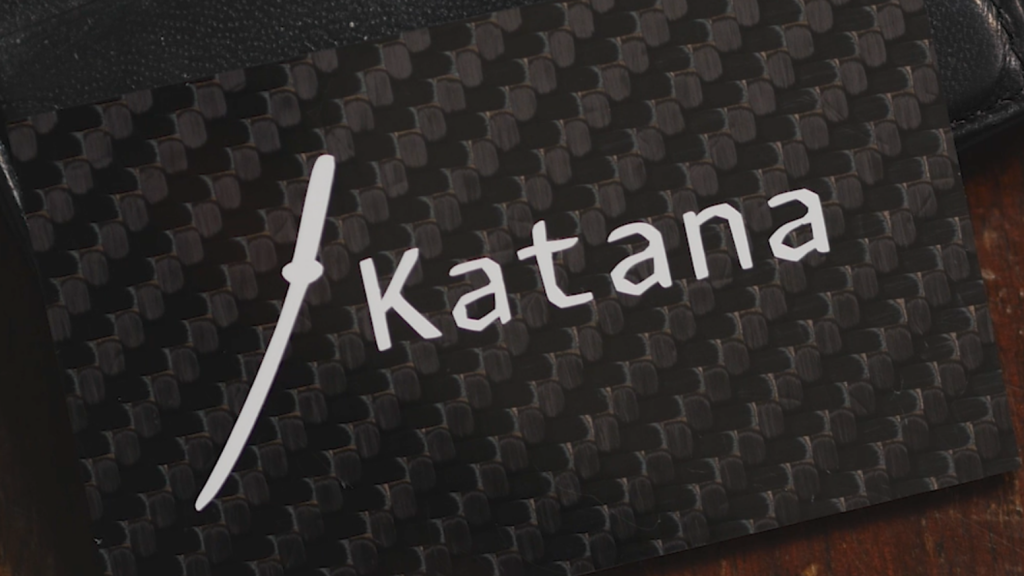Preppers sometimes get the impression that spring answers the winter prayers of the hungry. Not always. One of the worst times of year for pre-supermarket temperate-zone humanity wasn’t winter at all. It was spring, all the way into early summer in some cases. If our worlds fail and we return to the agrarian or hunter-gatherer lifestyles of our past, we’re going to find ourselves with the same “Hungry Gap”. However, with some planning and understanding, we can mitigate the effects.
Not all arid and incredibly hot climates are immune, either. Many have similar issues; they just cycle around the too-hot-to-grow and monsoon seasons instead of thaw.

The Hungry Gap
The “Hungry Gap” or “Starving Spring” comes about due to the cycles of nature. Settled agrarians and winter-camp nomads have spent all winter consuming stored foods. Historically, our pantries and pits are getting pretty barren. Our pastures haven’t come back yet, and animal feed is also lowering daily.
The same is going to hold true for those bug-out-to-the-wilds types who plan to hunt, fish, and forage through a disaster. Hunter-gatherers have it even worse if they have limited ranges, with food and firewood opportunities tightening from consumption every cycle.

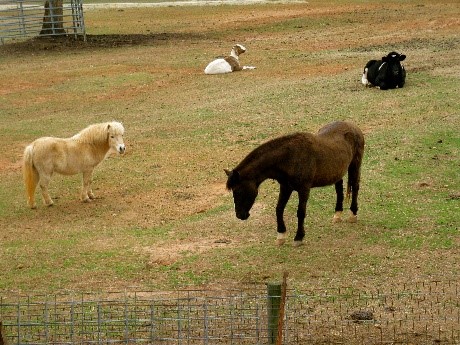
Low-Consumption, High-Burn Season
Spring is regularly wet, which can help or which can create additional trials. It’s still cool or cold, so we’re still burning energy one way or another. The search for or sowing of food takes more energy, with few fresh calories to buoy the expenditure.
Remember, spring thaw and increasing daylight starts the growing season. It takes growing things time to, well, grow.
In some places, winter is mild and some plants stay in growth or pop up readily. The soft legumes are among them. They’re excellent additions to the diets of our livestock, but they’re too rich to be primary foods. The limited pasture contributes to historic spring “green dribbles” for hoof-stock, combining with cool, wet weather to create sick livestock.
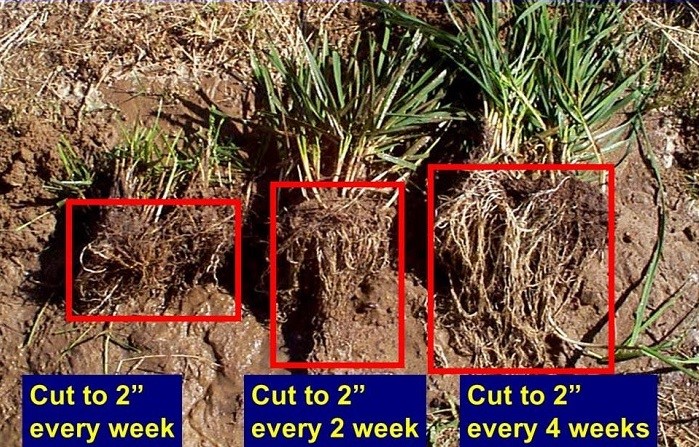
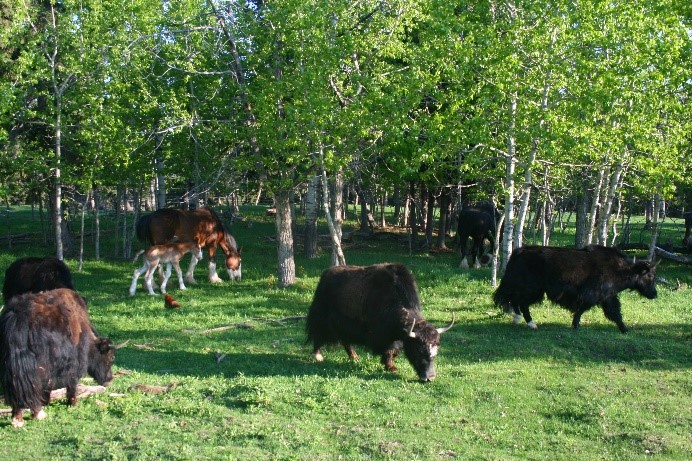
It will be weeks yet before most deciduous trees leaf out and can be used for fodder. It will be weeks if not 1-2 months before grasses start leveling out the composition of pastures and growing enough to sustain livestock and much of our herbivorous game. If grasses are cropped or cut too close, too often, their roots suffer. Poor roots can it lead to stunted and slowed regrowth, as well as pasture that turns into a mudpit and takes years to recover for good graze.
Foraged or grown, spring mostly yields greens. There are some wild starchy roots available, but most have been feeding their dormant plants through winter or are providing the energy for them to break dormancy and reach for the sun again. Their calories/energy is largely depleted, “already” or “still”.

More than maples can be tapped for sap in spring – a bright spot in a season that offers few calories. However, sap runs are typically pretty short even at best, and it requires access.
Maybe our INCH-bag nomads have the spiles and containers for catchment, and can take advantage. It’s something our winter-camp and permanent-settlement preppers can definitely arrange for.


Hunting in spring means thin game, most usually.
Some animals are coming out of hibernation, which has slowly been eating their fats and reserves. There are the food-caching mammals, but most do not emerge plump. Fluffy-furry, yes; not fat. They’ve been eating their stores and now their cupboards, too, are bare.
What’s available to herbivores still active through winter and spring is also low in energy. The richest reachable bulbs, roots, berries, lichens, and seed heads have been gone since early winter. They have already been making do with the remaining branch tips, bark, and limited greenery. Their body stores are low or already depleted, too.

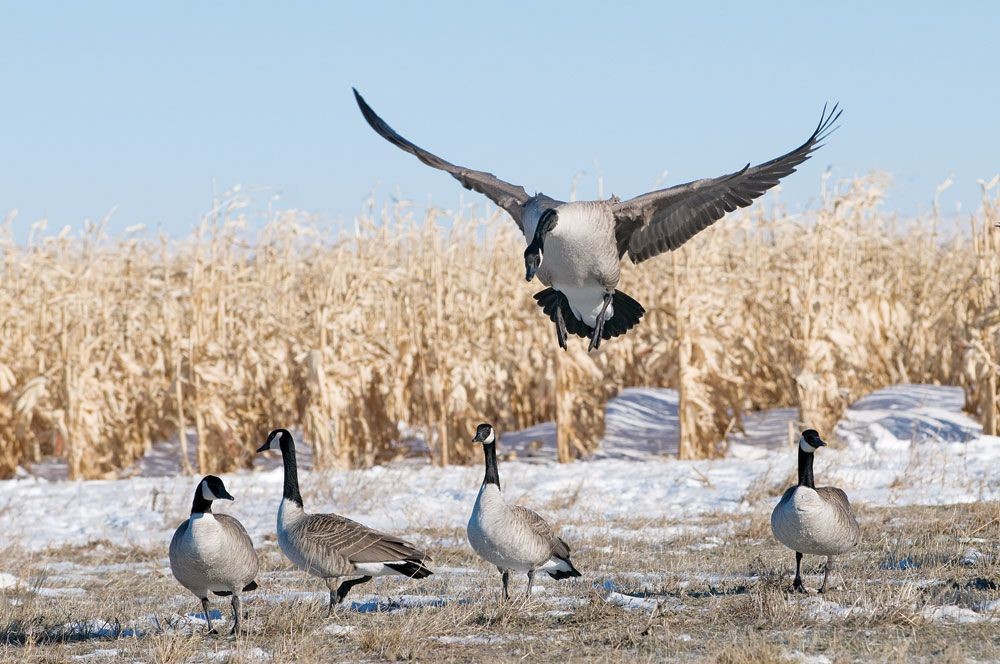
There are some exceptions.
Some migratory birds winter places where they forage grains and are at the tastiest and fattest when they return, but that’s limited and usually it’s flipped. Others are skank, but fat and rich in vitamins and oils because they overwinter on warmer coasts and waterways, consuming fish, snails, and seaweeds.
Some temperate mammals migrate as well, but most migrate to find enough food; life sustainment, bare survival, not thriving.

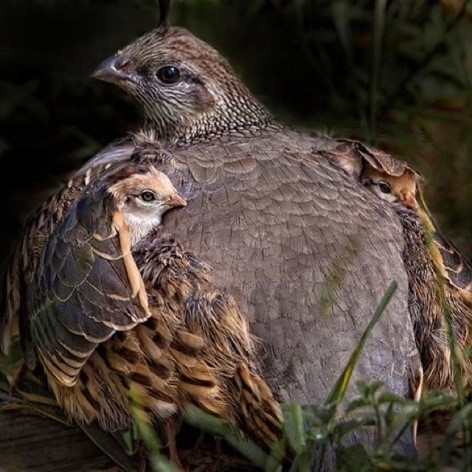
Hunger lasts even longer for some wildlife. Many species are immediately burning what they consume in spring, sometimes well into summer.
For some, there’s the search and battle for mates. Nests have to be prepared, and sometimes manned constantly to protect eggs and naked infants from cool weather and other animals. Some gave birth over winter, further depleting bodies. Others are still carrying young for milder spring births. Then they, too, must feed their offspring as well as themselves. It will be months before they regain “full” condition.
Game is already typically lean. When we hunt early, we’re getting less meat and less fat yet, and we need more animals to sustain us. That can impact populations going forward, increasing lean times in the future.


Waiting for Harvests
The painfully slow pacing of spring presents issues well into the season. Homesteaders can get a head start with covers and raised beds. Even so, it will be weeks to a month before thaw-planted greens, radishes, and the earliest of hybrid beets and turnips are ready. It will be two months before we can harvest our first OP/heirloom beets and turnips, carrots, and heads of cabbage.
Some vine and bush beans could be producing cutting/green beans by two months, but most are highly cold sensitive. Without heated hoops, they’re unlikely to survive being planted at the average last frost date (commonly 4-8 weeks after our last hard freeze).


At two months, we might be getting our first actual calorie crop, new potatoes … if we can afford to take them young instead of later and larger.
Autumn-sown grains may be available 2-3 months into our planting season. There are some cold-climate grains (corn included) that can be had in two months, but some are cold sensitive, so it may be well into spring or knocking on summer before we can plant. Modern westerner’s peas are usually harvested at veggie stages at 2-3 months. It will take another 4-8 weeks for cold-hardy peas to turn to starchy, protein-laden legumes.
By area, some of the wild grasses may have gone to grain heads for harvesting seed and their precious calories and proteins at two months – if they haven’t been cropped or cut for feed or hay so far.

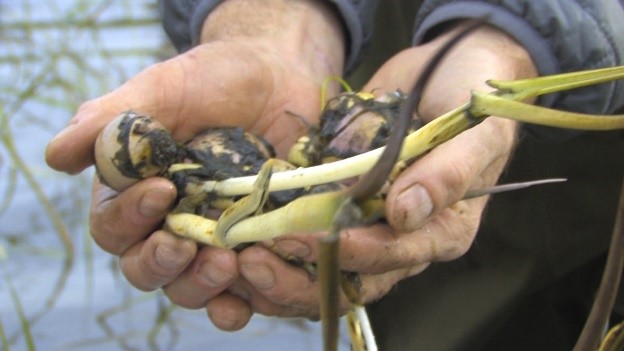
Waterways may have wapato starting to plump. Cattails and rushes may have leapt to production as well, in both far north and deeper south regions. Vegetative lateral roots and pollen tend to be first, then main roots recover enough to start getting reasonable amounts of starch from them. Cattail and marsh grasses can also contribute seeds for us, for wildlife, and for our domestic stock, but it’ll be later in the season.
Depending on our location, flock age, and practices, domestic eggs might be available around the calendar start of spring, March or June 20th. Hens mature enough to lay will need enough protein, calcium, and light to cue production. Even meeting needs, “old” birds start later and lay slowly.
The homesteader, seasonal nomad, and INCH-bagger may all be able to forage eggs. Non-migratory wild birds will typically be earliest to nest and lay. We have to wait until migratory birds return and settle to hit their nests.


Hunger is hard to argue with. Survival is paramount, and the rich fats, vitamins, and calories of eggs can be huge boosts. However, we’ll want to exercise control, whether we’re taking from wild or domestic birds. If we raid nests too often, we can impact the population for years – and the population of other animals we count on for food or for pest/predator control.
That just makes the Hungry Gap longer and leaner still in coming years.
I ignored fish on purpose. They’re hugely variable. Plus, many waterways are preexisting disasters and human Meccas waiting to happen with many of the bigger “It” possibilities. I consider passive fishing methods worth learning, even so.

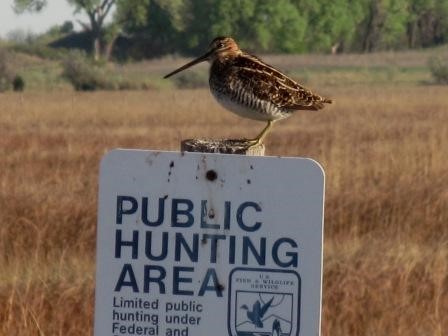
It Gets Worse
Spring’s Hungry Gap paints a pretty bleak outlook. My belief is that humanity will eat most well-known wild foods like dandelion and cattail to near-extinction early, and that game will go fast, too. There’s a reason many states have hunting limits. So it gets bleaker.
Add in how few people practice gardening, let alone producing calorie, protein, and oil crops, and even with a “gentle” growing year, it gets bleaker still. A bad-weather or buggy year, and “bleak” will not even come close.


Combating Spring Starvation
We can prepare for the Hungry Gap. It’s been done successfully, in both modern and far-distant history. #1 is always get started. Whether your plan is to take the bush and live out of a bag, or to hack out a permanent homestead in the city, ‘burbs, or rurals, go get dirty. Get area baselines and norms so you know when “uh-oh” is knocking.
We can also help squash the mentality that we only store food for winter, and then our magic box/bucket o’ seed takes over. Our “pre-badness” food storage need to last not to our planting dates, but to harvest dates (at least).
There are articles here on TPJ that can help with low-budget food preps that only need a moisture-pest barrier to store for several years, like these two…
http://www.theprepperjournal.com/2015/11/07/how-to-avoid-starvation-on-a-budget/ http://www.theprepperjournal.com/2013/06/11/supersizing-food-storage-with-buckets/
That buys us backups for a bad year.

Learn to preserve available foods, using both new and ancient methods. Consider producing and preserving staples, not just veggies, even if there’s only a small space right now.
We can lay on season extenders, and expand or change what and how we grow for resiliency. We can seed bomb areas with hardy native edibles and wildlife habitat plants to expand options. (Focus on the smaller, faster-breeding, non-migratory birds and rodents.)
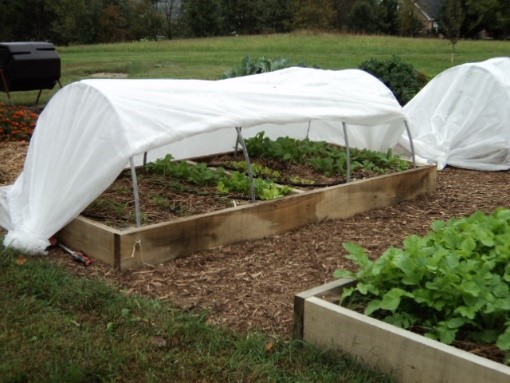

Know what’s happened in the past, so you can take adjust when it happens again. If the shad run misses the bloom-out, it’s likely going to be a weird year on the creeks … but the riparian predators are usually hungrier, so switch to bait trapping. There’s an intimate relationship between bass and frogs; when one ebbs, the other booms. The Yellowstone elk starvation makes an excellent study, as do your local stray/feral pet numbers. Long-term or short-term goals, it’s handy information.
There’s nothing wrong with a short-term or small-scale (personal/regional) focus. There’s a lot we can prepare for that have short durations. Other “It” situations only make something/everything incredibly expensive. They don’t force us to produce everything ourselves.
When we’re ready, though, if we’re talking about storage in months and spending money on seeds and seed vaults, or if we’re planning to ride out even a short-term upset by taking to the hills, past history is our friend. It’s full of lessons with the challenges we’ll face. It usually has the solutions, too.
Follow The Prepper Journal on Facebook!
. How prepared are you for emergencies?
#SurvivalFirestarter #SurvivalBugOutBackpack #PrepperSurvivalPack #SHTFGear #SHTFBag









